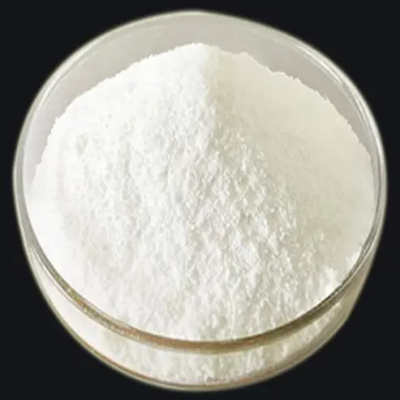(1R,2S)-2-(3,4-Difluorophenyl)cyclopropanamine (R)-2-hydroxy-2-phenylacetate CAS:376608-71-8
(1R,2S)-2-(3,4-Difluorophenyl)cyclopropanamine (R)-2-hydroxy-2-phenylacetate is utilized in various biomedical and pharmaceutical contexts due to its unique structural features and potential pharmacological properties. Its applications include: Medicinal Chemistry: It serves as a valuable building block in the synthesis of novel pharmaceutical compounds, particularly those targeting neurological disorders and psychiatric conditions. Drug Development: Researchers utilize this compound as a starting point for the development of new drugs with improved efficacy and reduced side effects compared to existing medications. Neuroscience Research: Its interaction with neurotransmitter systems makes it a valuable tool in studying the mechanisms underlying neurological diseases and exploring potential therapeutic interventions. Chemical Biology: It finds applications in chemical biology studies aimed at understanding the biochemical pathways involved in disease processes and drug action. Pharmacological Screening: This compound is subjected to pharmacological screening assays to evaluate its potential as a drug candidate against specific disease targets. Structural Biology: Researchers employ it in structural biology studies, including X-ray crystallography and nuclear magnetic resonance (NMR) spectroscopy, to elucidate the three-dimensional structure of drug-target complexes. Pharmaceutical Formulation: It may be incorporated into pharmaceutical formulations to enhance drug stability, bioavailability, and targeted delivery. Overall, (1R,2S)-2-(3,4-Difluorophenyl)cyclopropanamine (R)-2-hydroxy-2-phenylacetate holds promise as a versatile compound with diverse applications in biomedical research and drug discovery.






| Composition | C13H12F2NO3 |
| Assay | 99% |
| Appearance | white powder |
| CAS No. | 376608-71-8 |
| Packing | Small and bulk |
| Shelf Life | 2 years |
| Storage | Store in cool and dry area |
| Certification | ISO. |


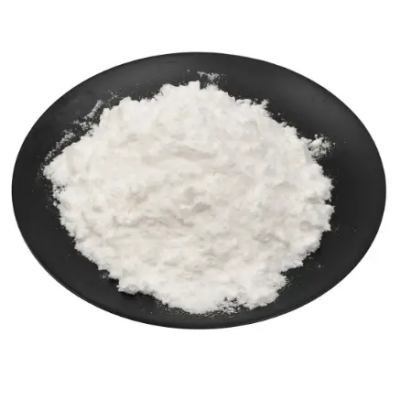
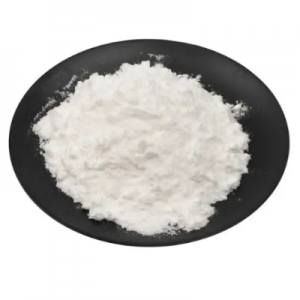
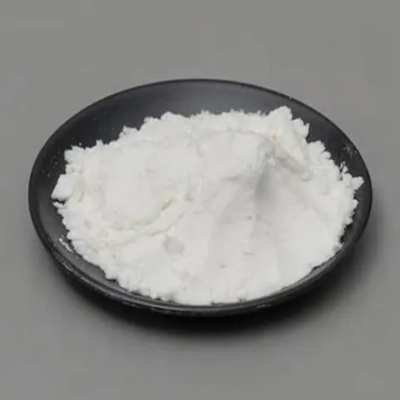
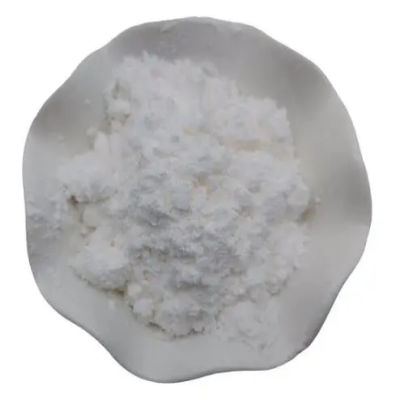
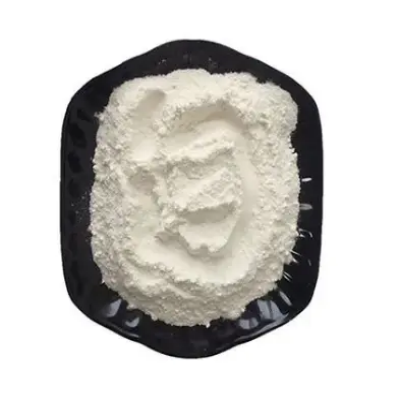
![2-[(Diphenylmethyl)thio]acetamide CAS:68524-30-1](https://cdn.globalso.com/xindaobiotech/YXWU15IWKSREIEIP2119.png)

